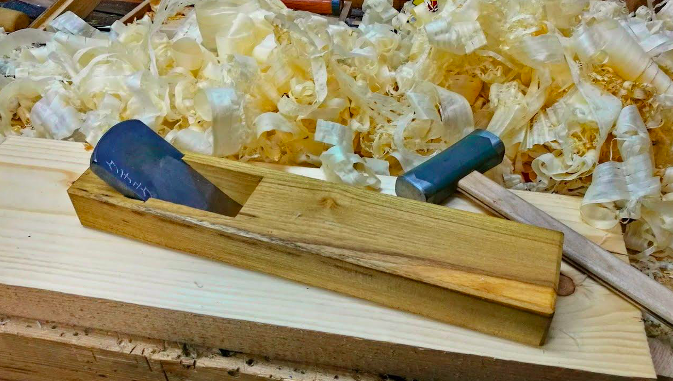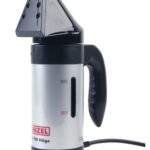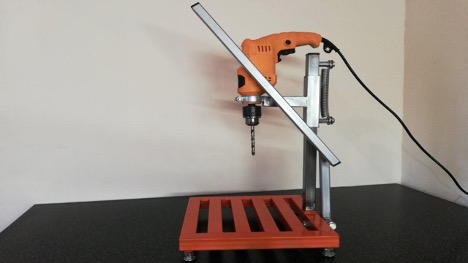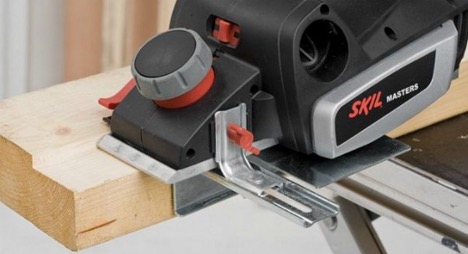How to create a Japanese plane with your own hands: drawings and instructions
Creating a Japanese plane with your own hands, the drawings of which are included in this article, is a difficult but rewarding process. This tool is considered one of the most precise and effective tools for wood processing. So, let's start making a plane with our own hands.
The choice of materials is very important. A DIY wooden plane requires strong and durable materials so that the tool can serve for many years.

The content of the article
Working with drawings
In addition to choosing materials, you should carefully study the Japanese plane with your own hands, drawings, in order to correctly recognize all the details and dimensions. This is a key stage, neglect of which can lead to design flaws.
The preparation process includes cutting the wood and preparing the steel. Bearings for electric planers can help with this, as they can provide high precision processing.
Preparing the body
The first step in preparing the hull is choosing the appropriate material. It is recommended to use hardwoods such as oak or maple to ensure the longevity and stability of your DIY wood plane.
Using the drawings, make precise markings on the selected workpiece. This is important for subsequent cutting and gluing of body elements.In this operation, you can use an electric planer shaft to speed up the process and increase accuracy.
After cutting the parts, proceed to forming the frame. At this stage, it is important to carefully monitor the geometry of the structure, checking the angles and dimensions. Maintaining precision ensures that the plane will work efficiently and without unnecessary vibrations.
After the main frame is formed, it is necessary to begin processing it. An electric planer shaft can also be used here, especially if excess material needs to be removed to accurately match the drawings. Finishing may include sanding, varnishing or oiling to enhance the appearance and protect the wood.
Following all these steps and recommendations will allow you to create a body for a wooden plane with your own hands, which will be not only reliable, but also aesthetically pleasing.
Working on the cutting part
Selecting the material for the cutting element is a critical step. The most suitable are high-carbon steels or high-speed alloys. This will ensure high strength and wear resistance of the DIY hand plane.
After selecting the material, it is necessary to carry out precise markings according to the drawings. This process requires high concentration and precision, since the efficiency of the entire tool depends on the quality of the cutting element. Use specialized cutting tools for maximum precision.
To improve the characteristics of the cutting part, heat treatment and hardening should be carried out. These procedures will provide the necessary hardness and strength, allowing your homemade plane to handle tasks effectively.
The final stage is sharpening the cutting part.This process includes not only the sharpening itself, but also the correction of the sharpening angle in accordance with the type of work that is planned to be carried out. Remember to check the sharpness and adjust if necessary.
After all operations, the cutting part is installed in a pre-prepared housing. It is important to make precise adjustments here to ensure maximum efficiency and safety.
Compliance with all the above recommendations and steps is the key to ensuring that your DIY mini plane or DIY wooden plane will be not only functional, but also durable.

Final assembly and setup
Before final assembly, make sure all parts fit and finish well. When assembling a homemade plane, use high quality fasteners. Using reliable connections will ensure the strength and durability of the tool.
After all components are installed, detailed adjustments should be made. This applies in particular to the following details:
- cutting element;
- bearings for electric planer;
- all moving parts.
Calibration must be performed with high accuracy to ensure optimal performance.
It is recommended to carry out test runs before starting operation. Carefully study the operation of the plane, identify possible defects or inconsistencies. Any unevenness or vibration may indicate the need for additional adjustments.
To ensure durability and safety of use, it is recommended to treat the wooden parts with an antiseptic and use lubricants for mechanical components.
After all steps, carry out a final check.Make sure that all elements are securely fastened and carry out another series of test works. Only after this will your DIY mini plane or DIY wooden plane be ready for use.
Following these recommendations will ensure the high efficiency and reliability of your homemade tool. In addition, proper configuration and high-quality assembly will reduce the risk of malfunctions and emergency situations.
Errors and recommendations
If you create a wooden plane with your own hands, the drawings of which are not very accurate, problems with the body may arise. Avoid using wood that is too soft.
Carefully monitor the sharpening process to avoid shortcomings in the operation of the tool.
Assembly
Assembly is the final stage. Pay attention to the installation of the plane's drum and other elements so that the tool is set up correctly and will serve you for many years.





